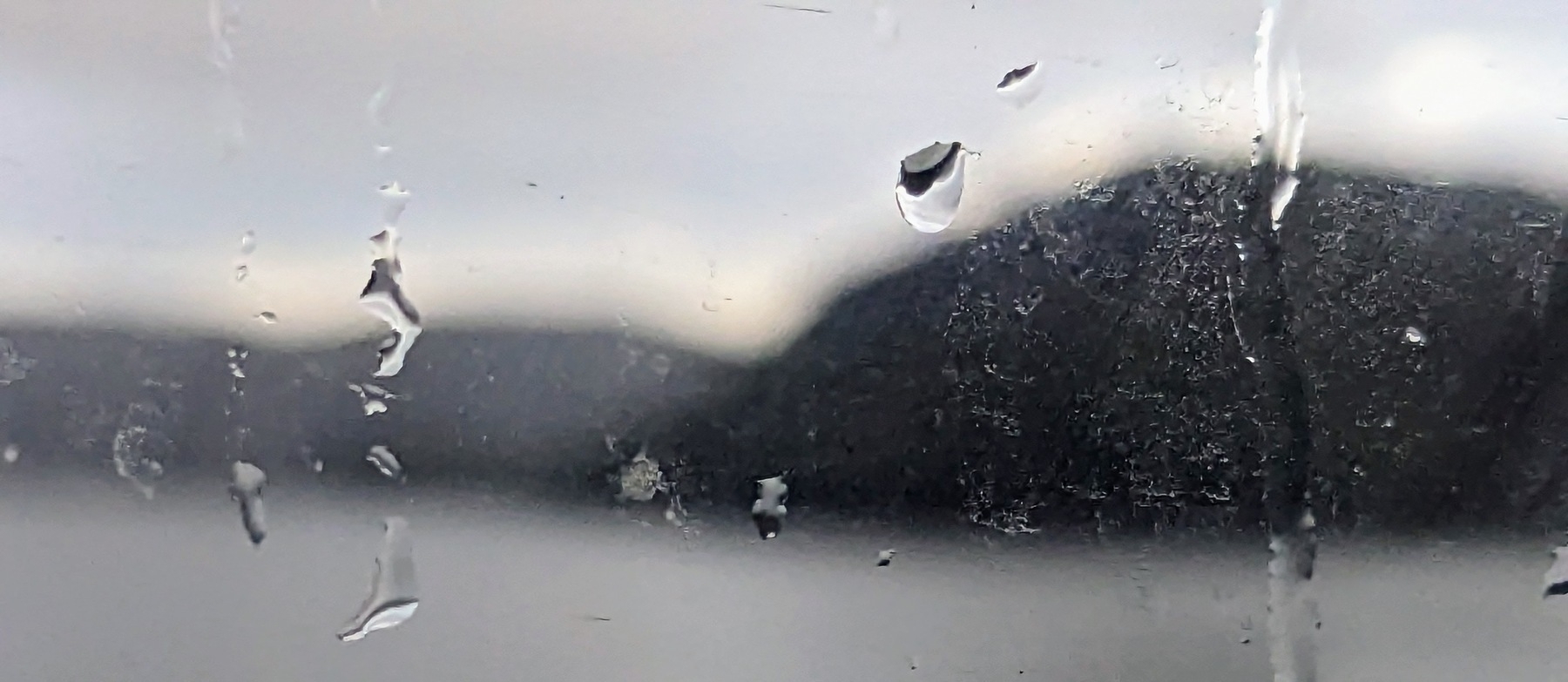From tiny drops of writing, great rivers will flow

In his book, 📖 Writing Tools, veteran journalist Roy Peter Clark teaches that writers should break long projects into parts. In fact, that’s how he wrote his book. It started life as a year-long series of online posts, one per week, until finally he’d written fifty of them (I guess he took a couple of weeks off 😁).
It’s an obvious piece of advice that’s surprisingly hard to remember. Conversely it’s easy to feel daunted by big projects, forgetting that they are always made out of smaller pieces.

My working philosophy of creativity is that from fragments you can build a greater whole.
One small part joins up with another and another until soon, like rain, a trickle grows to become a flood. Clark says:
Tiny drops of writing become puddles that become rivulets that become streams that become deep ponds.
This is why I make short notes and join them together to create longer pieces of writing. I’m daunted by the larger task but not at all daunted by the quiet joy of writing one short note followed by another, and another.
This is what I call the shortest writing session that could possibly be useful.
It may be short, but it’s endlessly repeatable. And the results can be quite impressive.

Clark also mentions that he sometimes asks his new writing students to indicate how many of them have run a marathon. Usually only a couple have, but when he asks how many think they could do it, if they were given a much longer period, nearly everyone raises their hands.
This reminded me of the rather lovely short film about the Australian farmer who ran his own marathon, one piece at a time. In this case he did just one mile every hour until the whole distance was run. And he did a whole lot of other work too. Improbably, this guy’s name is Beau Miles.
OK, that’s great and all, but how exactly do you do it, one drop at a time?
Here’s my take on how to write an article from your notes.
And here’s a book this process helped me write and publish: Shu Ha Ri: The Japanese Way of Learning, for Artists and Fighters.
Thanks for reading. Never miss a thing by subscribing to the weekly Writing Slowly email digest.